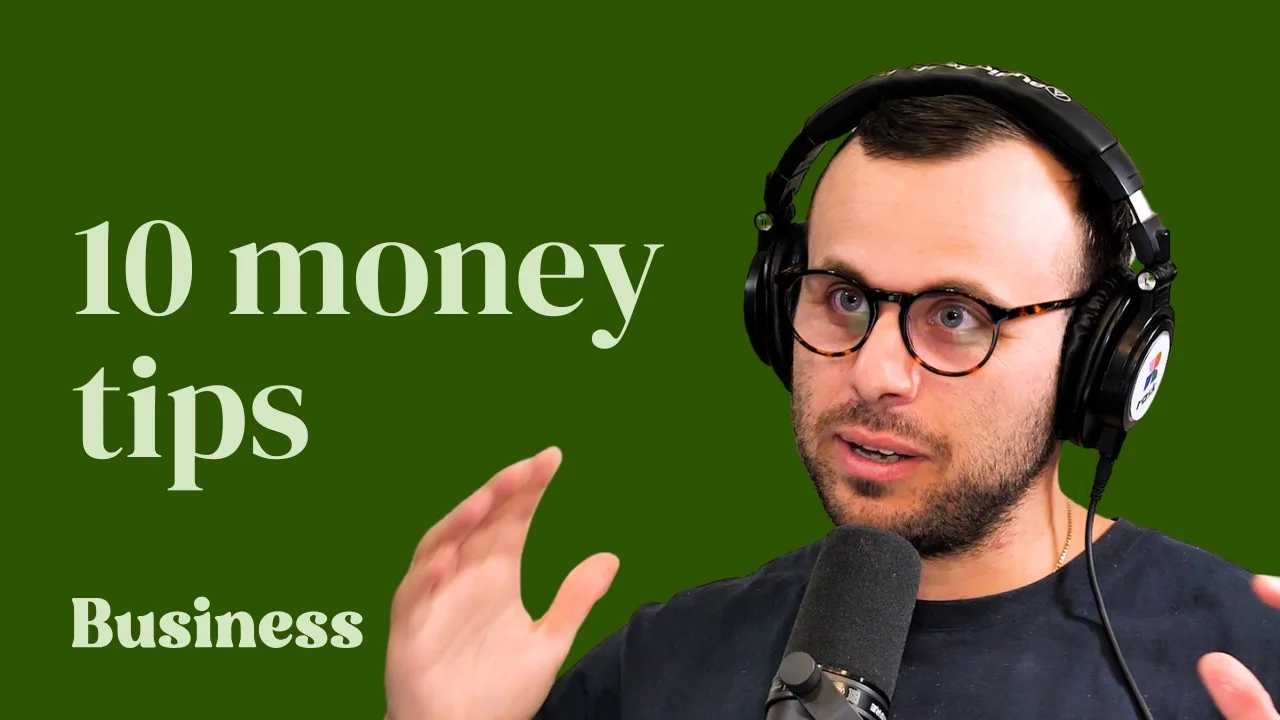BHP Group Ltd (ASX: BHP) shares or Rio Tinto Ltd (ASX: RIO) shares? They both look so similar, but which one is better?
BHP is a world-leading resources company, extracting and processing minerals (like iron ore and copper), oil and gas, and has more than 62,000 employees and contractors, primarily in Australia and the Americas. Headquartered in Melbourne, BHP has shares listed on both the ASX and London Stock Exchange (BHP Billiton Plc).
Rio Tinto’s origins date back more than 145 years, but today it is one of the world’s largest aluminium and iron ore producers, with much of its sales revenue coming from its operations in Western Australia. It also owns, fully or partly, mining projects for copper, diamonds, uranium and other minerals.
Recent results:
Where Does the Money Come From?
Here’s a big reason that BHP could be a safer investment: it’s much more diversified than Rio.
Rio Tinto draws revenue from iron ore, aluminium, copper and diamonds, energy and minerals, but it’s not as diversified as it sounds. In 2018, the EBITDA breakdown was:
- 58.6% from iron ore
- 16% from aluminium
- 14.4% from copper and diamonds
- 11.4% from energy and minerals
- The rest from “other operations”
There are a few commodities there, sure, but there’s also a heavy reliance on iron ore.
Compare that to BHP, where 41% of EBITDA came from iron ore in 1H19, 22% from petroleum, 19% from coal and 18% from copper. Although it’s still skewed towards iron ore, it’s not nearly as dramatic.
In a world of constantly fluctuating commodity prices, I think it pays to be diversified.
Looking at revenue geographically, Rio Tinto relies on China for 45% of revenue and Japan for a further 10%. This could be seen as good or bad. Again, I think diversification is the safest bet. However, if China is a real growth area, this exposure might pay off.
There is concern though of a slowing economy in China and this looks to pose more of a risk to Rio Tinto than it does to BHP.
The Margins
Looking at profitability, BHP has a noticeably higher EBITDA margin of 52%, compared to Rio Tinto’s 42%. Although Rio Tinto has a higher EBITDA, the costs are relatively higher.
Looking at dividends, they are nearly inseparable with BHP dividend yield at 4.52% and Rio Tinto’s at 4.64%.
Both businesses rely heavily on commodity prices and are therefore unpredictable — and can be volatile. It is hard, or maybe impossible, to say which one will do better over the next year.
The Solution
BHP certainly has some aspects that make me think it’s a safer investment, but Rio Tinto may have more opportunity for growth through China.
When making decisions like this, I like to think back to wise words from my favourite Old El Paso ad: “Why don’t we have both?”
If you want exposure to the minerals and resources sector, why not buy some shares in both companies? Or, better still, consider buying an ETF to get exposure to all of the ASX’s biggest and best companies. Here’s a Rask Media article detailing some of the best ETF’s to start with.
[ls_content_block id=”14948″ para=”paragraphs”]
Disclaimer: At the time of writing, Max does not own shares in any of the companies mentioned.








